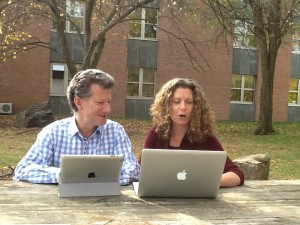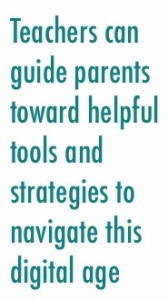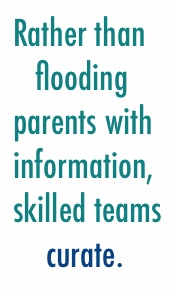There’s learning in the lemonade stand
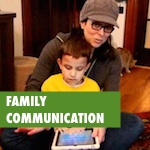 What might be your child’s first experience with business? That’s right: the lemonade stand.
What might be your child’s first experience with business? That’s right: the lemonade stand.
I mean, what is cuter and more compelling than a few eager kids selling sugar water? Believe me, I’m a sucker for a lemonade stand. In fact, I’m a sap for anything created by and sold by kids. Just something about those earnest faces and homemade products makes me start peeling the bills out of my wallet.
But, what makes kids so eager to create those lemonade stands every summer?
I suspect it’s because business is power for kids.
For better or for worse, our children are raised in a commercial culture where buying and selling, profits and losses tend to rule the world. When you are small and young, you feel that power is beyond your reach. You see it belonging in an adult world, but it’s not a world that you are allowed to enter. So, when a child is allowed to enter the adult world of business, it feels like competence. And when kids are given that competence and power, the result is legitimate and passionate engagement.
This year, I took the lemonade stand concept a step further with my own child, and learned a few things along the way.
Parenting a student-run business
It was summer-time in Vermont and we were finding creative ways to pass the time. As always, I was eager to find things for my kids to do. My oldest child started a summer job for the first time and was raking in the dough, and my eight-year old daughter, Jane, was envious of his cash. I proposed that Jane enter to host a table on Kids’ Day at our local Manchester Farmer’s Market. The Gray Wolf pop-up shop was born.

All we needed was a concept, products, some marketing, and a sales approach. This was serious business! We settled on this being a store for relaxation and creativity. We would sell bath products (bath bombs, salts and scrubs), friendship bracelets and kits, and woven wall hangings. It was a pinterest dream come true…
And my daughter was fully invested.
The challenge for mom was to keep her focused and manageable. You know, making 30 bath bombs was not in the cards (we made five). As the event neared in mid-August, we needed to nail down some business details. Did we need a “store name”? This decision took the longest of all. I felt like it was akin to naming your first album. Jane chose “Gray Wolf” as the name for her shop after her favorite color and her favorite animal. Done and done.

The learning was anything but temporary.
What I saw from Jane in this farmer’s market experiment is the kind of out-of-school learning and effort that educators and parents dream about. Not only was she was motivated and engaged to succeed and make money, but she was developing essential skills. She was learning how to communicate, persuade, persist in design challenges, and implement a long-term plan.
Kids are often begging to get involved in the adult world of economy. Check out the story of Mikaila Ulner, who turned her lemonade stand into a booming business. Not only is her business financially successful, but part of her company mission involves solving a real problem in the world: helping the declining bee population. She calls herself a “social entrepreneur” and shares her business tips.

What can we learn from these examples?
We can learn:
- That when we allow kids to participate in the global or local economy, their engagement is strong and real;
- That when kids create and manage their own business concepts, they are learning truly important life skills;
- And that kids are compassionate beings, and they are capable of seeing ways of creating businesses that do good things for the world.
Do your students have an interest in business? Are their schools supporting those interests?
I would love for you to share your thoughts and experiences with me.
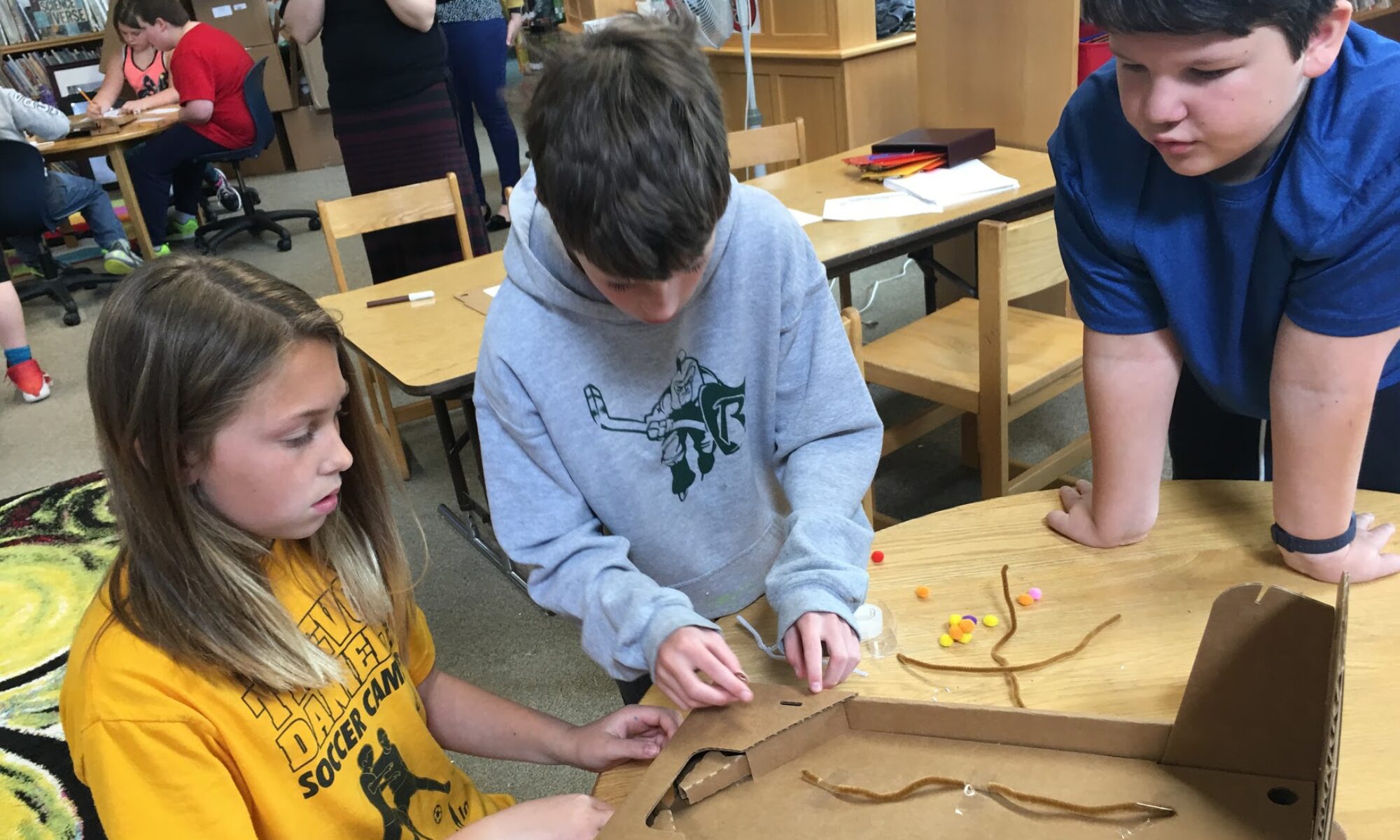



 The end of every school year is tough. Teachers and administrators struggle to keep students in line, finish assessments, plan field trips, and tie up loose ends. But what’s really important? To provide closure, celebrate accomplishments, and allow students to reflect on how they’ve grown and developed. And including family in those celebrations is vital.
The end of every school year is tough. Teachers and administrators struggle to keep students in line, finish assessments, plan field trips, and tie up loose ends. But what’s really important? To provide closure, celebrate accomplishments, and allow students to reflect on how they’ve grown and developed. And including family in those celebrations is vital.

